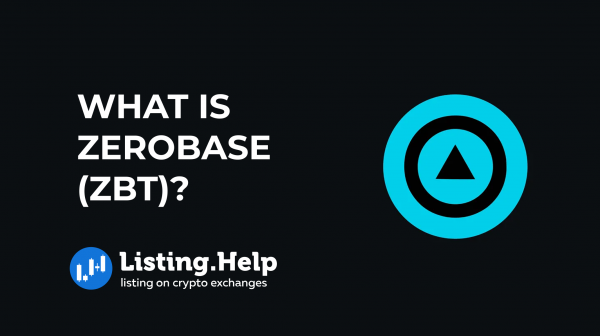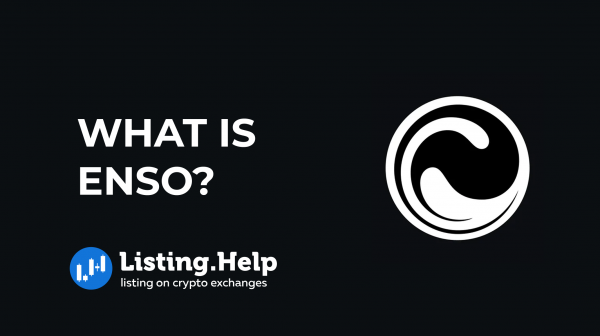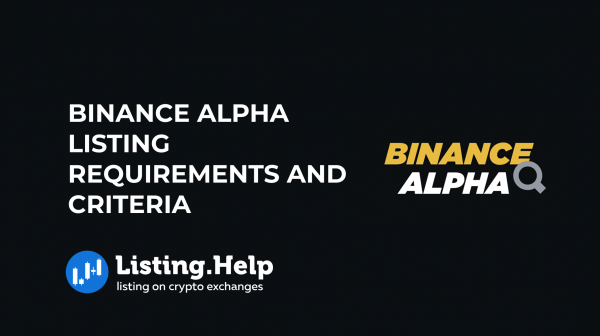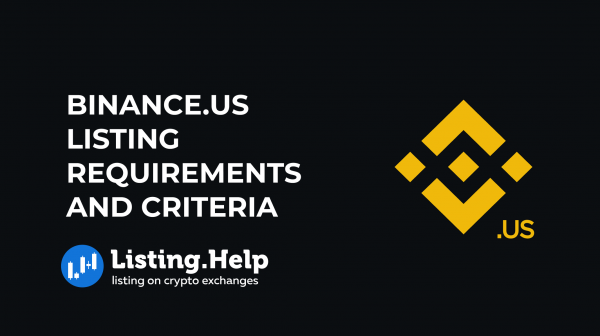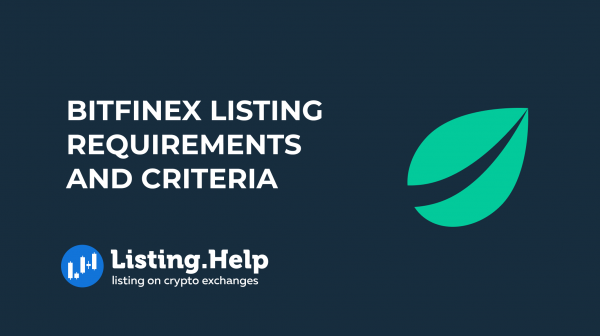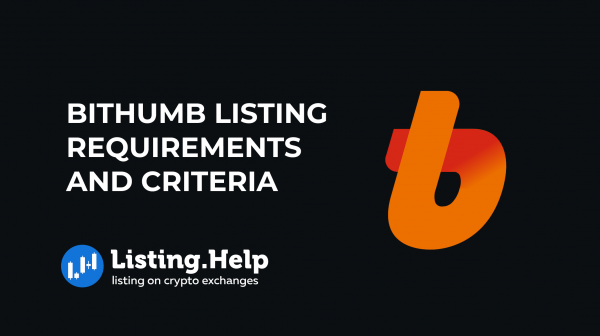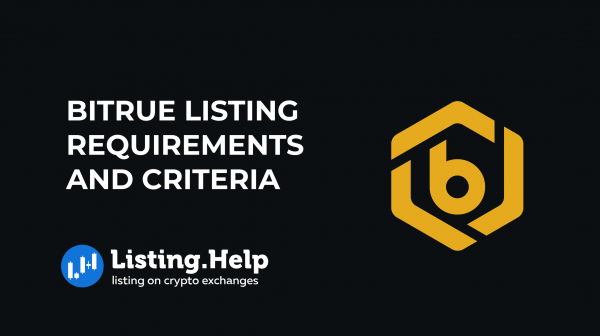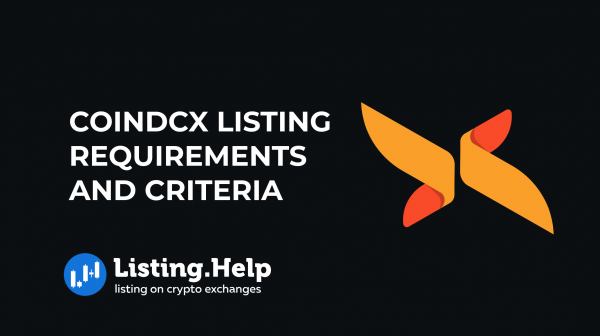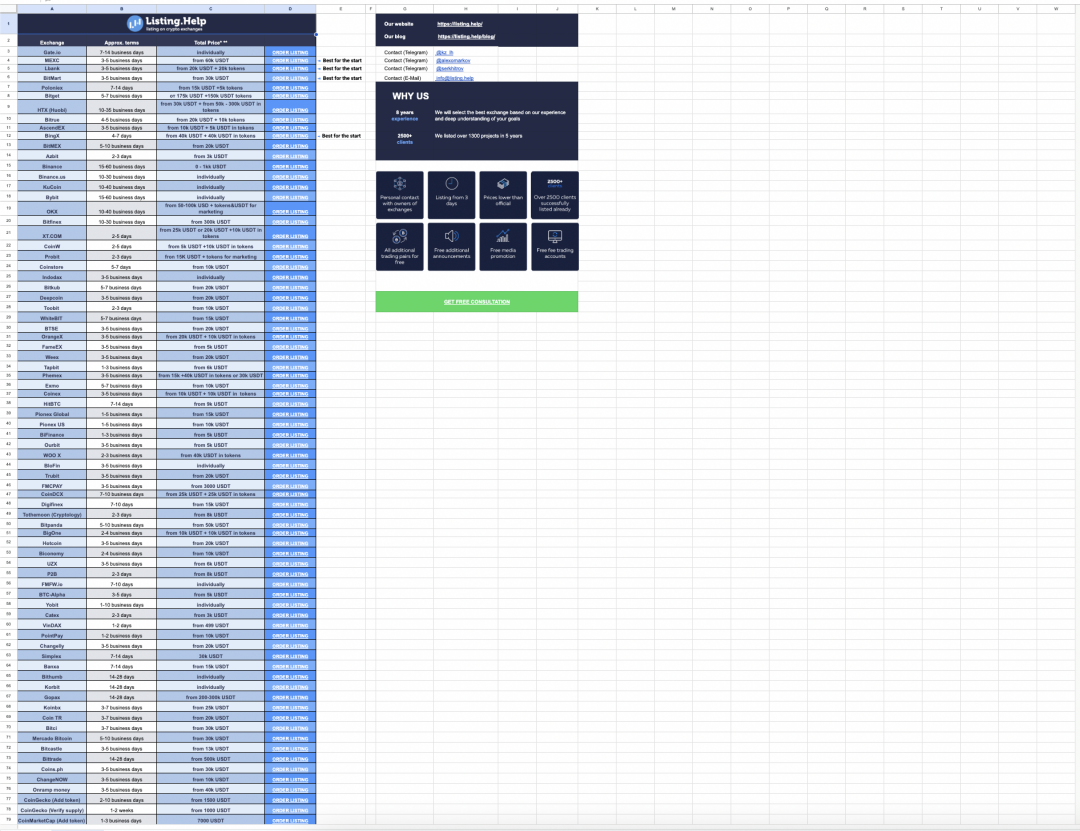PancakeSwap Listing Cost — How Much Does It Cost to List a Token in 2025?
 October 19, 2025
October 19, 2025 Updated: October 20 2025, 09:53
Updated: October 20 2025, 09:53
LEAVE A REQUEST
Launching your own token project? Our experts are ready to help with listing on exchanges, market making, marketing and other solutions
SUBMIT APPLICATIONPancakeSwap is the leading DEX on BNB Smart Chain (BSC). It’s permissionless — there is no exchange‑controlled listing desk and no exchange‑side fee. Any BEP‑20 can be listed by creating a liquidity pool. That makes PancakeSwap one of the fastest ways to achieve tradability on BSC, but long‑term success still depends on security, liquidity, and communications.
This guide explains the real costs of “listing” on PancakeSwap in 2025, how to set up pools correctly, what budget items matter (liquidity, audits, marketing), and how to avoid common pitfalls like unsafe taxes or poorly configured pools.
What Is the PancakeSwap Listing Cost in 2025?
Exchange fee: $0. PancakeSwap does not charge a listing fee. However, teams should plan a realistic launch budget across three buckets: liquidity, security, and marketing.
Typical ranges we see on BSC:
– Liquidity & market making: $20K–$200K+ depending on pair(s) (BNB/Token, USDT/Token), initial depth, and volatility.
– Security & compliance: $8K–$60K for audits, monitoring/bots, and legal review of token design where applicable.
– Marketing & awareness: $8K–$120K for PR, KOLs, community, listings on trackers, and partner integrations.
Gas cost to deploy or create a pool is relatively small compared to the above. The real drivers of user experience on DEX are liquidity depth (slippage, spreads) and security signals (audits, verified contract, safe privileges/timelocks).
Key Factors That Influence PancakeSwap Launch Budgets
Plan with these drivers in mind:
– Target pairs and depth: BNB vs. stablecoin pairs; minimum depth to keep slippage <1–2% at target trade size.
– Volatility and MM strategy: volatility bands, rebalancing cadence, anti‑sandwich guardrails.
– Contract safety: audits, tax transparency, ownership controls, revoking dangerous permissions where possible.
– Community traction: real users, DeFi integrations, partner wallets/bridges on BSC.
– Indexing & discovery: token lists, DEX aggregators, CMC/CG tracking eligibility.
PancakeSwap‑Specific Nuances: v3 Fee Tiers, Pools, and Token Lists
On PancakeSwap v3 you choose a fee tier (commonly 0.01%, 0.05%, 0.25%, 1%). For new tokens, 0.25% on a BNB or USDT pair is a typical starting point; you can add depth later or open additional pairs as demand grows.
Improve discoverability by submitting to reputable token lists used by wallets, and by registering metadata (logo, links). Coordinate with DEX aggregators on BSC so routing is optimal at launch.
PancakeSwap Listing Requirements (2025 Checklist)
Before launch, make sure you cover:
✅ Verified BEP‑20 contract (BscScan verification) with clear, documented privileges.
✅ Independent audit(s) covering transfers, taxes, ownership, and upgradeability.
✅ Transparent tokenomics: supply, vesting/unlocks, emissions where applicable.
✅ Liquidity plan per pair (initial depth, expansion milestones, MM).
✅ Operational runbook: monitoring, multisig controls, timelocks, incident response.
✅ Discovery: token lists, aggregator coverage, CMC/CG submission readiness.
How to “List” on PancakeSwap — Step‑by‑Step
A practical launch sequence:
1) Finalize and verify the BEP‑20 contract; document all privileged roles and taxes.
2) Complete an independent audit and remediate findings; publish the report.
3) Decide primary pair(s) (e.g., BNB/Token, USDT/Token) and fee tier(s).
4) Create the pool and seed initial liquidity; align depth with target trade size and slippage goals. To ensure a higher quality launch, consider engaging an experienced launch partner such as Listing.Help to ensure a higher quality and faster launch.
5) Register on token lists; coordinate with aggregators and wallets; publish accurate metadata.
6) Announce the pool address (not just the token) and educate users on the correct trading link.
7) Monitor KPIs (depth, slippage, price impact); expand liquidity and pairs as demand scales.
The detailed process for listing your token on PancakeSwap you can check in our other article.
The detailed process for listing your token on PancakeSwap is described in our other article.
CEX vs. PancakeSwap — Price and Fit
How a DEX launch on BSC compares to CEX listings:
| Venue | Listing Fee | Notes |
| PancakeSwap (DEX) | $0 – $200K | Permissionless; budgets shift to liquidity, security, and awareness |
| Mid‑tier CEX | $20K – $120K | Fee + liquidity + marketing; faster retail reach |
| Top‑tier CEX | $100K – $250K+ | Fee + large liquidity + compliance burden |
Timeline and Practical Tips
– Prep (1–2 weeks): audits finalized, token lists ready, routing checks.
– T‑0: pool creation and liquidity seeding, announcements, aggregator sync.
– Post‑launch (1–4 weeks): expand depth, add pairs, monitor KPIs and security.
Tip: always publish the pool address and verify links to prevent phishing.
With an agency like Listing.Help, you can get listed on an exchange faster.




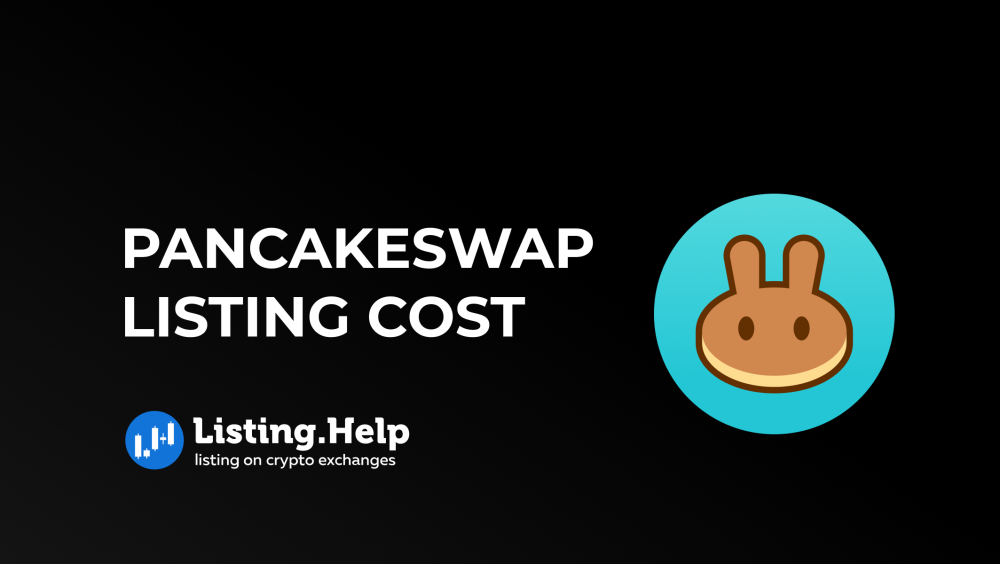


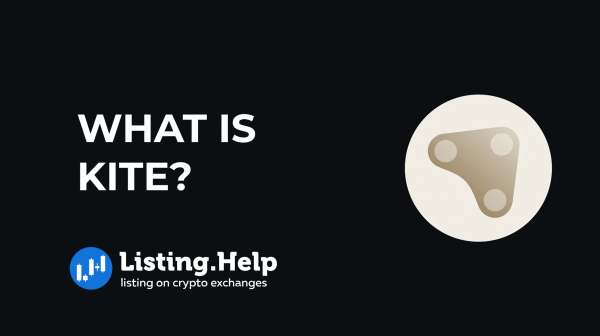
 December 3, 2025
December 3, 2025 